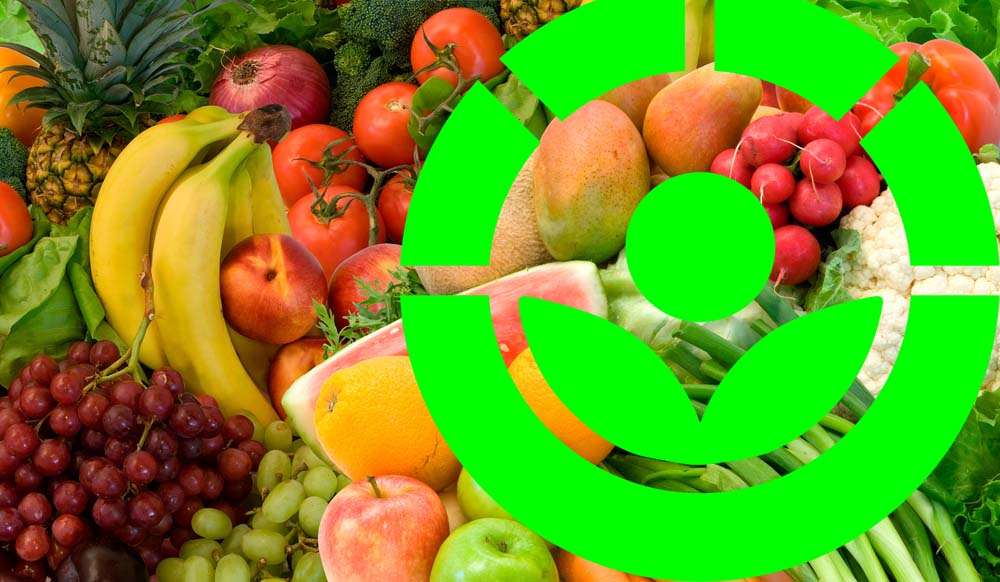Food irradiation processing technique involves treatment of food items (raw/processed) to gamma radiation to achieve a specific purpose such as extension of shelf life, insect, disinfestations, elimination of food borne pathogens such as E.coli 0157:H7, Camplyobacter, Salmonellae, Shigella, toxoplasma, Listeria and parasites. The USA, Canada, China, The Netherlands, Belgium, Brazil, Thailand and Australia are among the leaders in adopting the technology whereas countries, such as Denmark, Germany and Luxembourg are still remain opposed. Interest in the practical application of the process is emerging for many reasons. High post harvest losses caused by the insect infestations microbial contamination and spoilage, mounting concern over food borne diseases includes fungal contamination of mid day meal rice (India), Penicillium, Fusarium, Rhizopus and Aspergillus ssp in barley, Bacillus cereus in cereal materials, Aspergillus flavus and A. parasiticus in peanuts, Claviceps fusiformis, C. purpurea in pearl millet and rye, bazra grains (ergotoxins containing peptide alkaloids, lysergic acid and lysergic acid amides). In processed foods, enterotoxins of Staphalococcus aureus in baked foods, dairy products and frozen foods and processed food includes custard powder, puddings and sauces, and wheat bread covered with blackish fungal growth are common contaminants in weekly markets, mycotoxins in milk, Clostridium botulinum in canned or fermented foods, meat, sausages, Clostridium perfringens (type A) in canned meat/fish, Salmonella spp., Shigella sonnei or Listeria spp. in pork meat, Citrinin, ochratoxin-A and aflatoxin-B1 in animal feeds and feedstuffs. Though irradiations alone cannot solve the problems of food preservations altogether, it can play an important role in reducing post harvest losses and undue use of toxic chemical fumigants (like ethylene oxide, methyl bromide, sulfuryl fluoride, thymol, orthophenyl phenol.
Development of Irradiation Technology
Initiation of food irradiation constituted with the discovery of x-rays by W.K. Roentgen in 1895 and the discovery of radioactive substances by H. Becquerel in 1896 (Brynjolfsson, 1989). Due to lack of techno-economic feasibility of the process of producing ionizing radiation no commercial development was found till 1940 (Urbain, 1989). Within the context of nuclear safety and human health, the most relevant types of radiation are alpha and beta particles and gamma rays (Frazer and Westhoff, 1988).
The use of radiation in food processing is a novel approach since its inception. Meats, fish, fruits and vegetables have been preserved for centuries by the sun’s energy. Lately, infrared and microwave radiation has been added to the list of radiant energies in food processing. The idea of using ionizing radiation in food preservation almost immediately followed Henri Becquerel’s discovery of radioactivity in 1895. E. coli and Salmonella were always been the most causative food borne pathogens and still being a national threat to human health (Debashis, 2014). Use of ionizing energy can destroy pathogenic and spoilage microorganisms in food were reported in a German medical journal in the same year . The biological effects of ionizing radiation are generally measured in units called millisieverts (mSv).
Labeling requirements
The current version (ACSH, 1988) of the FDA low-dose irradiation rule requires that the retail label consist of the internationally agreed-upon symbol, and the phrases "treated with radiation" or "treated by irradiation." All foods shall be labelled in accordance with the provisions of PFA Rules. The label shall bear a logo of Radura symbol and include following information. Irradiated commodities like potato and onion have only food value and should not be used for cultivation. This fact should be displayed on the food package.
Re-Irradiation
Food once processed by radiation shall not be processed by radiation again unless specifically permitted under the PFA rules.
Objectives:
- Improve food security and safety
- Enhance exports
- Prevent use of chemicals harmful to human health and environment
- Facilitate distribution from production centers to consumption centers
- Cut down cycles of glut and scarcity
- Better returns to farmers & Price stabilization
Dose dependent application
- Low Dose Irradiation up to 1KGy: practiced for sprout inhibition; delay of ripening; insect disinfestations; parasite inactivation
- Medium Dose Irradiation, 1 - 10KGy: applied for reduction in numbers of spoilage microorganisms; reduction in numbers or elimination of non-spore-forming pathogens, i.e. disease causing microorganisms.
- High Dose Irradiation above 10KGy: employed for reduction in numbers of microorganisms to the point of sterility.
Advantages of Irradiation
- No rise in temperature, products remain in their original states
- Not dependent on factors such as air humidity, penetration of gas, temparature,etc.
- Exposure time in the processing chamber determines the dose received; only one parameter.
- Gamma processed products don’t contain residues.
- Gamma processed products are ready for immediate use.
- Radiation processing does not alter significant nutrition value, flavor texture and appearance of food.
- Radiation using Co-60 cannot induce any radioactivity in food and does not leave any harmful or toxic radioactive residues on foods as is the case with chemical fumigants.
- Pre-packaged foods can be treated for hygienisation and improving self -life.
- The radiation processing facility are environment friendly and are safe to workers and public around
